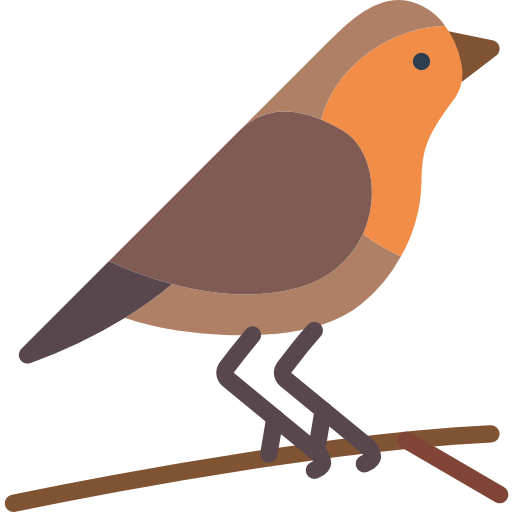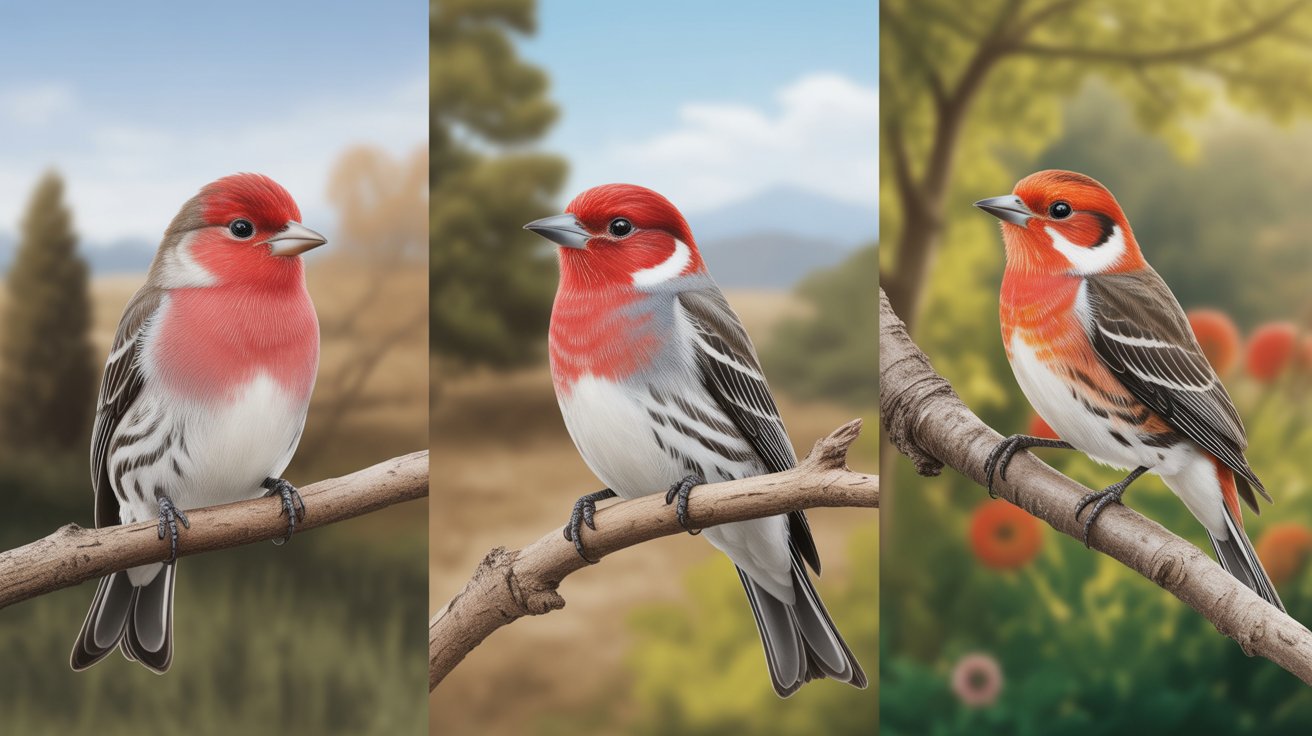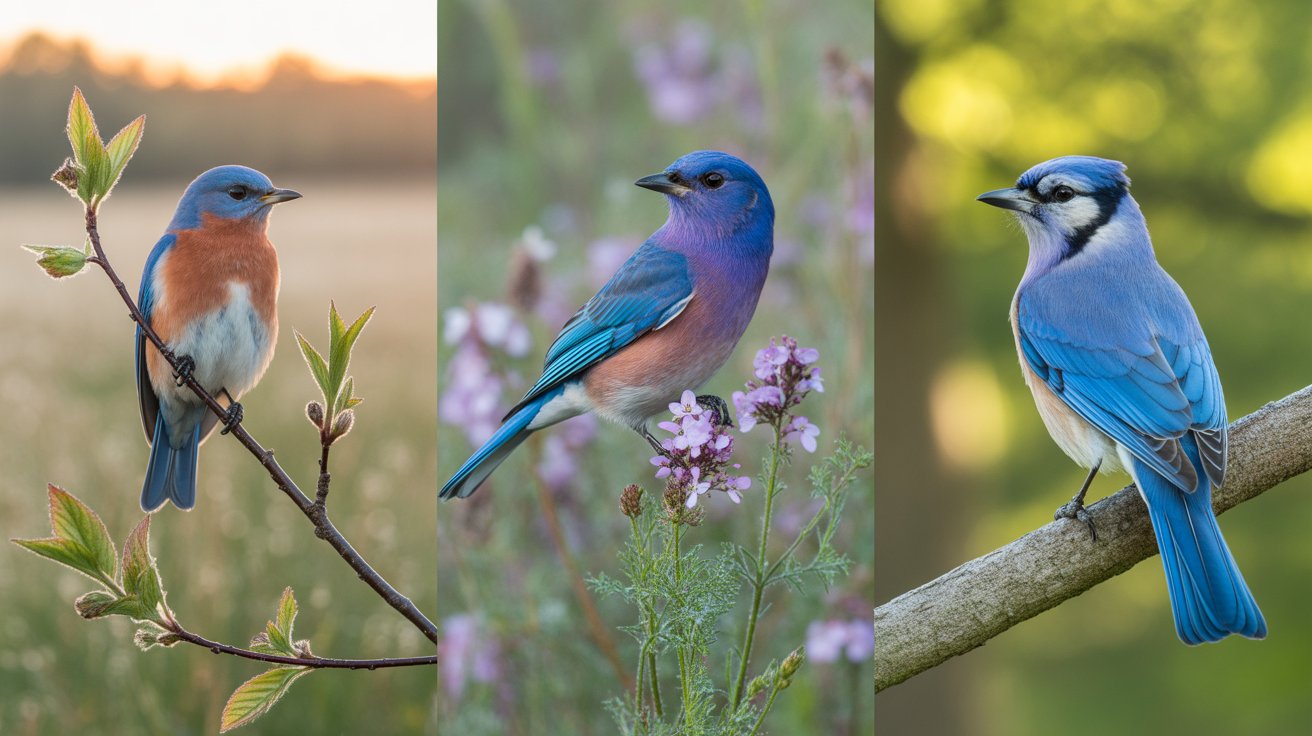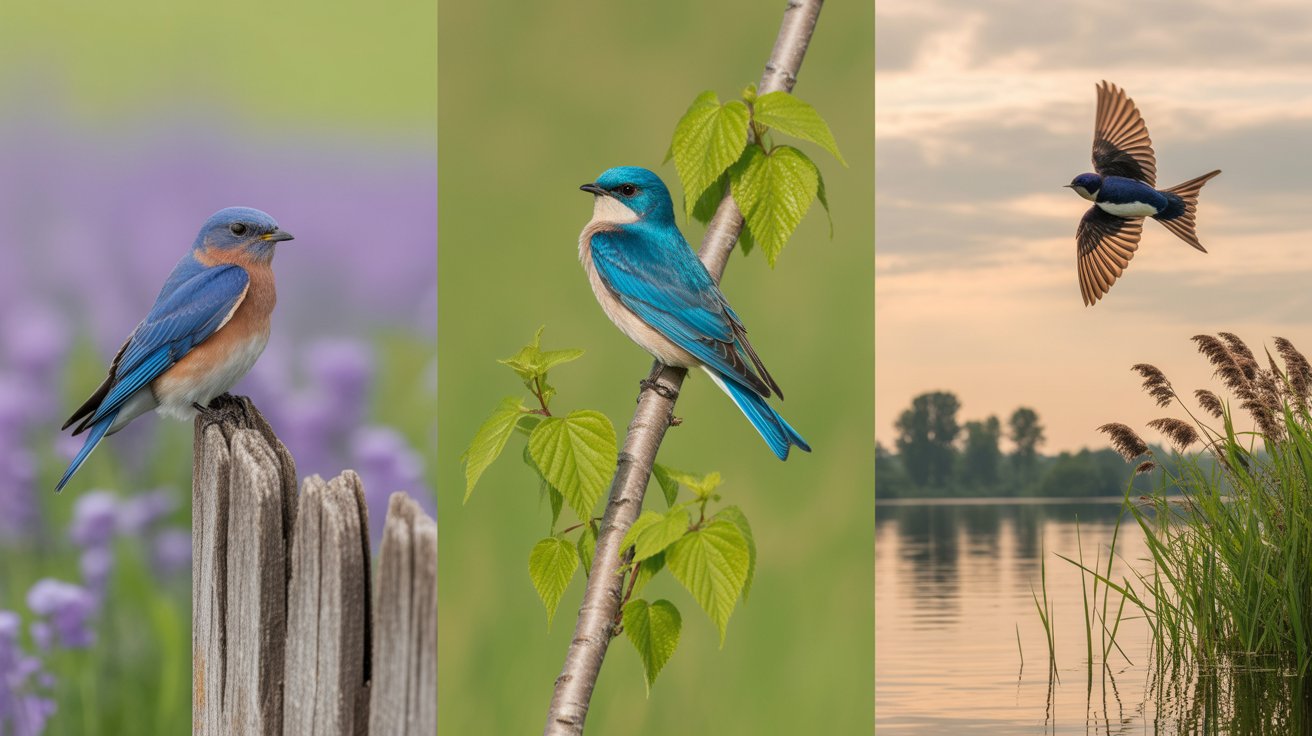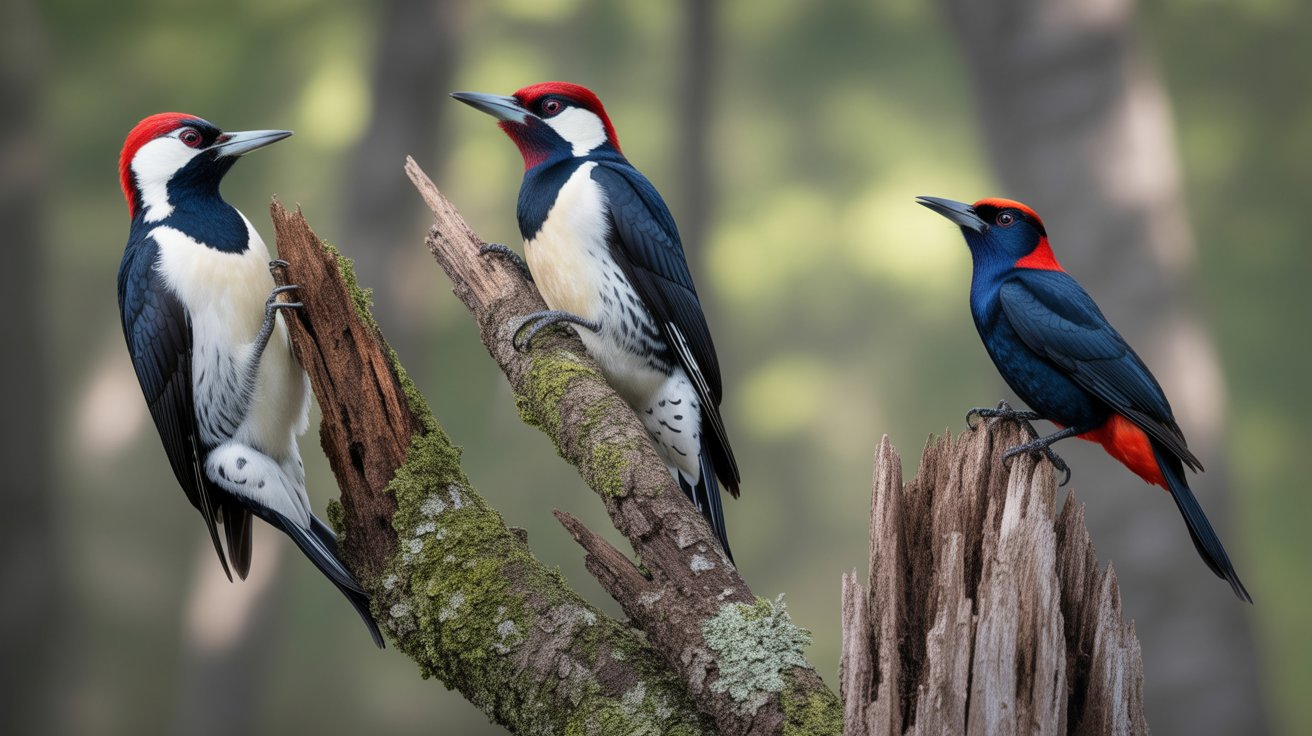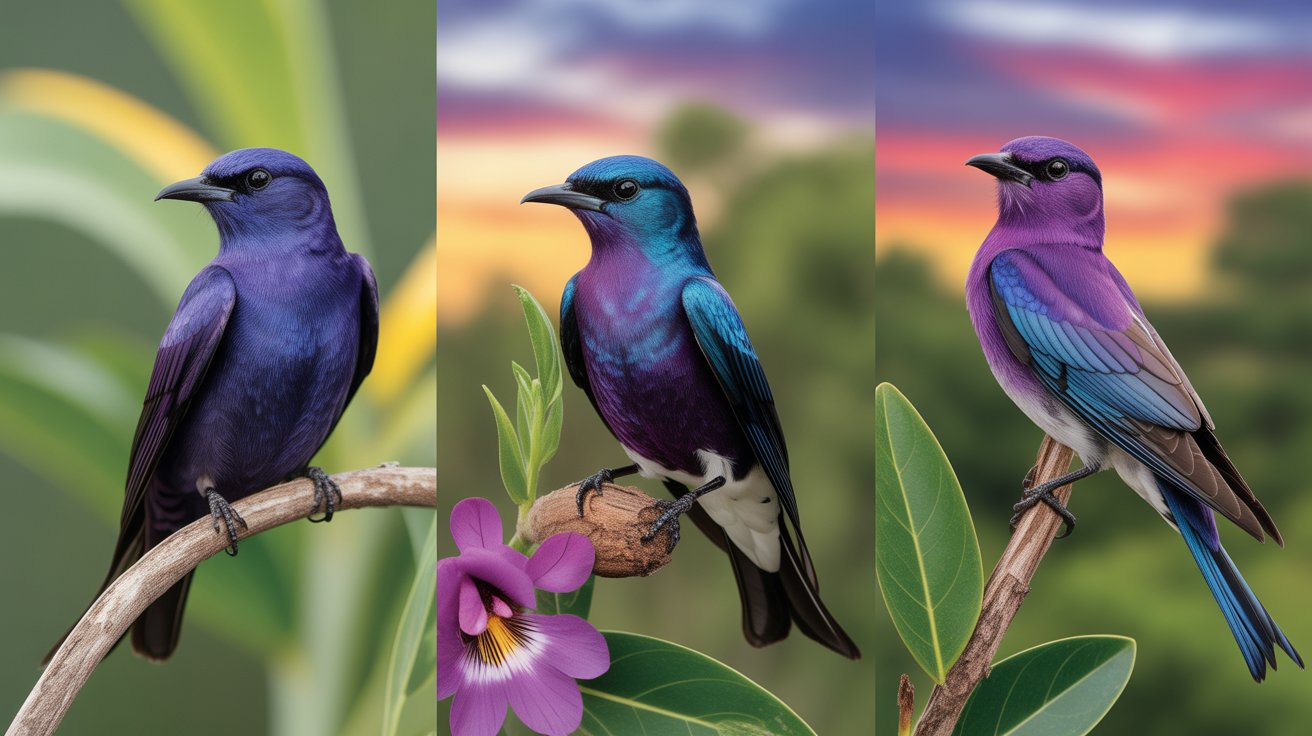Discover the Aberrant Bush Warbler: A Secretive Songbird of the Underbrush
If you’re someone who enjoys spotting hidden gems in nature, the Aberrant Bush Warbler might just become your next favorite bird. This elusive little songbird isn’t flashy or flamboyant—but it carries a quiet charm that’s hard to ignore. It’s one of those birds that prefers the shadows of thick undergrowth over the spotlight of open skies. And that makes finding one a truly rewarding experience.
While you won’t catch it perching boldly on branches or fluttering across fields like a robin or blue jay, you will hear its persistent and melodic call echoing through dense shrubbery and hilly forests. Think of it as the forest’s secret singer.
Native to parts of Asia, the Aberrant Bush Warbler is often overlooked due to its secretive behavior and muted coloring. But if you take a closer look, you’ll find a bird that’s both fascinating and full of surprises—from its taxonomic journey to its breeding rituals and territorial nature.
In this article, you’ll learn everything you need to know about the Aberrant Bush Warbler—from its scientific classification and physical features to its behaviors, habitat, diet, and more.
Aberrant Bush Warbler: The Elusive Forest Vocalist
Scientific Classification
Let’s start with its taxonomy. The Aberrant Bush Warbler has been through a few classification changes over the years as researchers have studied its behavior, vocalizations, and genetic makeup.
- Scientific Name: Horornis flavolivaceus
- Family: Cettiidae (Bush warblers)
- Order: Passeriformes (Perching birds)
- Class: Aves
- Genus: Horornis
- Common Names: Aberrant Bush Warbler, Yellow-olive Warbler (in some regions)
Previously, it was grouped under the large “Old World warblers” category. However, based on its unique vocalization patterns and molecular analysis, it was reclassified under the family Cettiidae.
Physical Description
Despite its inconspicuous lifestyle, the Aberrant Bush Warbler has a subtle elegance that sets it apart—once you manage to spot it.
Size and Shape
This bird is small and compact, measuring around 12 to 13 centimeters (approximately 4.7 to 5.1 inches) in length. Its build is rounded, and it often appears short-necked and large-headed, giving it a somewhat puffed-up look.
Plumage and Coloration
The plumage is primarily olive-brown on the upper parts and a yellowish or olive-tinged underside. Its coloring helps it blend easily into its shrub-filled habitats. You won’t find any flashy patterns or bright hues here—its camouflage is part of its survival strategy.
Eyes, Beak, and Legs
- Eyes: Small, dark brown to black, with a faint pale eye ring in some subspecies.
- Beak: Thin and pointed—perfect for picking insects.
- Legs: Pale pink to light brown, relatively long for its body size, which helps it navigate low brush and thickets.
Crest or Markings
This bird doesn’t have a crest or any particularly defining facial markings. Its subtle appearance matches its secretive behavior, making it a challenge to spot in the wild.
Habitat and Distribution
If you’re hoping to see or hear the Aberrant Bush Warbler, you’ll need to venture into the right type of environment.
Preferred Habitat
- Dense undergrowth
- Shrubby hillsides
- Forest edges
- Bamboo thickets
- Secondary growth areas
They prefer areas where they can hide, sing, and forage without much disturbance. These birds are often more easily heard than seen due to their shy nature.
Geographic Distribution
The Aberrant Bush Warbler has a fairly wide distribution across South and Southeast Asia, including:
- The Himalayan foothills (India, Nepal, Bhutan)
- Parts of China
- Southeast Asian countries like Thailand, Vietnam, Myanmar
- The Malay Peninsula
It is found at elevations ranging from lowlands up to 3,000 meters, depending on the region.
Behavior and Vocalizations
You won’t find the Aberrant Bush Warbler performing aerial displays or hopping around feeders. Its behavior is subtle and often elusive.
Secretive Nature
These birds typically stay hidden in dense foliage or underbrush. Even experienced birdwatchers often identify them more by sound than by sight.
Vocalizations
The Aberrant Bush Warbler is known for its persistent and loud song, especially during the breeding season. The song consists of sharp, metallic notes, repeated at intervals.
It often sings from a concealed perch, and its vocalizations are used both for territorial defense and mate attraction.
Diet and Feeding Habits
You won’t see this bird picking seeds off your feeder—it’s an insectivore through and through.
What It Eats
- Insects
- Spiders
- Small arthropods
The Aberrant Bush Warbler forages low in the undergrowth or on the forest floor, using its sharp beak to pick off small prey. It may also flick leaves or hop along branches while hunting.
Foraging Behavior
Their foraging style is active but secretive. You may hear rustling in the bushes and catch a glimpse of a quick flutter—but it vanishes before you get a good look.
Breeding and Nesting
Breeding behavior varies slightly by region, but there are some consistent patterns.
Breeding Season
- Typically between April and July depending on the climate and location.
Nesting Sites
Nests are built low to the ground in dense shrubs or clumps of grass. The location offers camouflage and protection from predators.
Nest Structure
The nest is a compact, cup-shaped structure made from dry grasses, leaves, and fibers. It is skillfully hidden and difficult to locate.
Eggs and Incubation
- Clutch size: Usually 2–4 eggs.
- Color: Pale cream or white, sometimes speckled.
- The female does most of the incubation, while the male may help by feeding the female or guarding the territory.
Interesting Facts About the Aberrant Bush Warbler
Here are a few fascinating details you might not know:
- “Aberrant” in its name comes from early ornithologists noticing its unusual traits compared to other warblers.
- Despite being shy and hard to spot, it’s considered fairly common in the right habitat.
- Its song is often mistaken for other birds due to its metallic tone and rhythm.
- It was once classified in the “Old World Warbler” group but later redefined based on molecular evidence.
- Some subspecies of the Aberrant Bush Warbler show slight variation in plumage and song across regions.
Frequently Asked Questions
1. Why is it called the Aberrant Bush Warbler?
It’s called “aberrant” due to its unique vocalizations and traits that differ from typical warblers. Early ornithologists found its behavior and anatomy quite distinctive.
2. Is the Aberrant Bush Warbler endangered?
No, it is classified as Least Concern by the IUCN. However, habitat loss could pose future threats.
3. How can I identify the Aberrant Bush Warbler?
You’re more likely to hear its song before you see it. Look for a small, olive-brown bird with no bright markings in dense undergrowth.
4. What does the Aberrant Bush Warbler eat?
Its diet consists mostly of insects, spiders, and small invertebrates found in shrubs and low vegetation.
5. Does the Aberrant Bush Warbler migrate?
Most populations are non-migratory, but some higher-elevation groups may move to lower altitudes in winter.
Conclusion
The Aberrant Bush Warbler may not be the most visually striking bird you’ll ever encounter, but it’s certainly one of the most intriguing. Its elusive behavior, haunting calls, and understated beauty make it a true gem of the underbrush. If you’re exploring forested hills or shrubby lowlands in Asia, listen carefully—you might just hear its metallic song echoing in the silence.
Understanding birds like the Aberrant Bush Warbler helps you connect more deeply with nature. Whether you’re a casual bird lover or a serious birder, keeping your ears open and your curiosity alive can lead you to some amazing discoveries.
So next time you’re out in nature, don’t just look—listen. The most memorable wildlife experiences often come from the least expected places.
